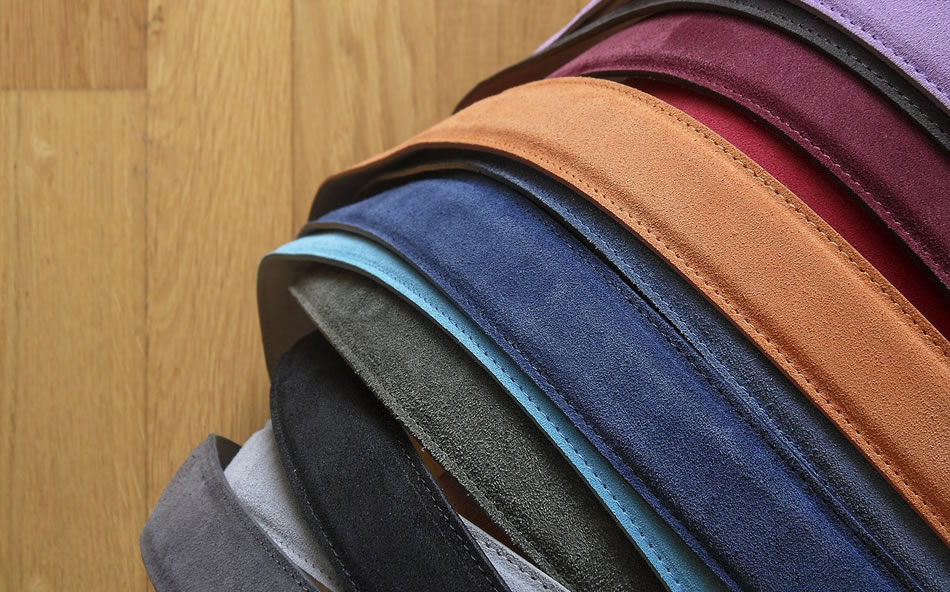
Natural leather versus vegan leather: this topic is a heated debate in the sustainable fashion world. The truth is that both have their pros and cons in terms of sustainability and ethics, so in this article, we’ll break the most popular arguments down.
Natural leather
Pros
Durable and long-lasting
Natural leather provides exceptional durability and actually improves with age. The more it’s used, the more it will soften and develop a relaxed appeal. Good-quality leather is both puncture and tear-resistant. If it’s well taken care of, it can even last for generations.
Elegant
Appearance-wise, real leather is very elegant and will rarely look cheap. That’s why it’s not only used in the fashion industry, but also by furniture and car manufacturers.
Cons
Not animal-friendly
Real leather isn’t an ethical option. For using it, animals will be harmed and there are a lot of issues in regards to the cruel ways they are treated by the leather industry.
Not eco-friendly
The production of real leather goods isn’t very environmental-friendly, either. Numerous polluting chemicals and an abundance of water is used in the tanning process for turning leather into manufactured goods.
Requires special maintenance
Real leather is high maintenance: it shouldn’t get wet, spills should be cleaned immediately to avoid permanent damage, and it has to be kept out of direct sunlight. UV rays will cause discoloration and premature aging.
Vegan leather
Pros
Animal-friendly
The biggest advantage of vegan leather is that no animals are harmed in the process of manufacturing it.
Affordable
Since it’s easier to produce and turn into goods, imitation leather is typically more affordable than genuine leather. Even better, lots of faux leather products are both pocket-friendly and top-notch. Travel-brand ‘Roam Often’ gives insight into why their brand uses vegan leather – “Our jewelry travel cases are made from [vegan leather] to avoid harming animals and for making high-quality synthetic leather products more affordable for buyers,” says Ishani DePillo, Co-Founder. “Additionally, it’s easy to clean and maintain, which is necessary for a travel product where our buyers are constantly in-transit and traveling around the globe.”
Easy to clean and maintain
You only need a damp, soft, non-abrasive cloth to clean vegan leather. After cleaning it, it’s best to apply a good vegan leather conditioner and that’s pretty much all you need to do. Maintenance-wise, you should simply avoid getting it too dry and don’t use anything too harsh, like strong bleaching substances. Since it’s a synthetic material, UV exposure won’t damage faux leather.
Durable and long-lasting
If we compare it with full-grain leather, faux leather is still more apt to puncture and tear. However, excellent advancements have been made in vegan leather production and there are numerous manufacturers that offer durable and long-lasting goods.
Can be produced in all colors
While most manufacturers make it in the same colors as real leather, faux leather can be produced in virtually any color under the sun. This means that it’s extremely versatile and offers customers countless choices, widening its appeal and use to a broad audience.
It has no smell
Real leather has a specific smell that can bother many people. Well, vegan leather is odor-free, which plenty of individuals, especially those with sensitive noses, appreciate.
Cons
Not always eco-friendly
There are several types of vegan leathers, most of which are made out of different kinds of plastics, that are harmful to the environment. The production of imitation leather uses substances that are harmful to the environment and requires large amounts of energy.
That said, there’s no ‘best choice’. It’s up to you to decide on what works best for you based on the pros and cons explained above.